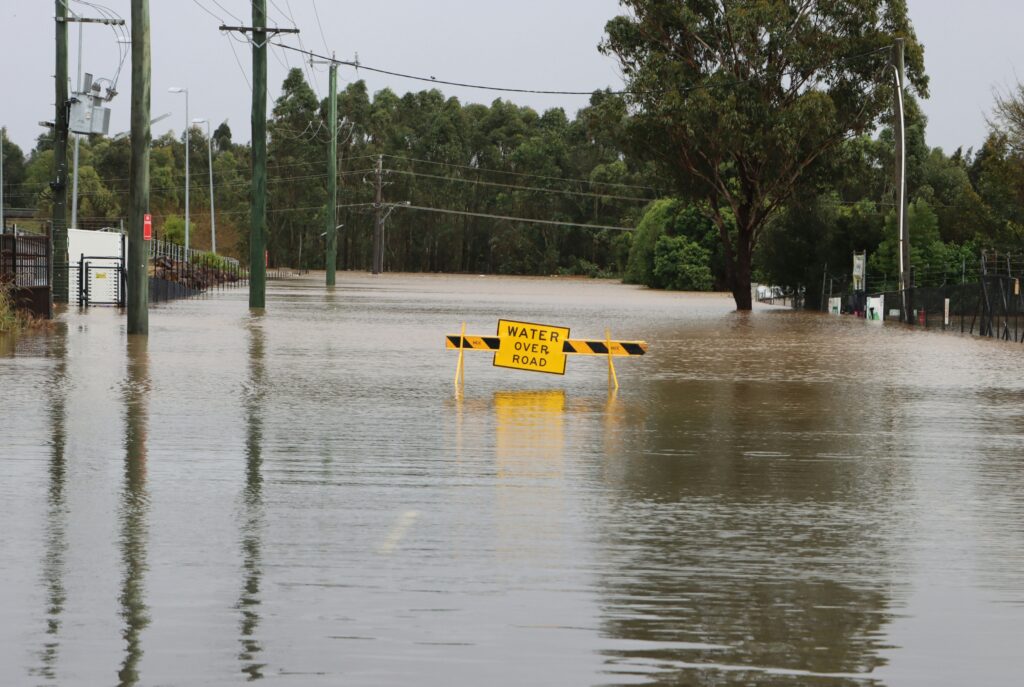It is Spring, which means rain and inevitably, in some places, floods. And naturally the alarmists are out in force blaming it all on climate change, which implies that they think something has changed. Has it? After examining 1.5 million monthly precipitation totals at 1,000 stations in 114 countries worldwide from the 18th century to 2013, two Canadian scientists said no.
The authors, William van Wijngaarden and Ali Syed of York University, found that if you pick specific regions and short intervals in the data you can sometimes find evidence of “trends” up or down. But that's the nature of weather.
Flipping a coin repeatedly will cause some runs of heads or tails, and longer runs where one or the other seems to predominate, even at an accelerating pace. But in the long run it evens out. So in order to separate “signal” from “noise” even on something as simple as a coin toss you need to choose appropriate time scales. And in climate appropriate means more than just years or even decades. And it means more than just a few localities because weather varies across space as well as time.
To detect climate trends, or their absence, you need to look at long intervals over large scales. Which is what van Wijngaarden and Syed did. And the bottom line when it comes to rainfall, and hence rain-driven flooding, is that from 1850 to today they found no significant global precipitation change. Over the 20th century as a whole it went up a little bit, though the trend was somewhat smaller after 1950. And the authors' main point is that the changes are so small the trends are basically zero.
For North America they found precipitation records stretching from 1833 to 2013, or 180 years. And there are pseudo-trends lurking in the data for the unwary. For instance the wettest year was near the start. There was a dry stretch in the 1930s. The 1970s looked above average. Etc. But as they looked in more detail at different latitudes and intervals, and wetter versus drier regions, their bottom line was this:
Stations experiencing low, moderate and heavy annual precipitation did not show very different precipitation trends. This indicates deserts/jungles are neither expanding nor shrinking due to changes in precipitation patterns. It is therefore reasonable to conclude that some caution is warranted about claiming that large changes to global precipitation have occurred during the last 150 years.
Reason and caution in the climate change discussion: what a refreshing change. More please.



Is the term once in a hundred-year flood accurate?
In reality it is a 1% chance of a flood happening each year, with each consecutive year having no effect on the year following. Thus, it is possible to have two 100-year floods in a row.
To illustrate this, I used the flip of a coin to predict a flood each year (heads=flood, tails=no flood) i.e. 50% chance of a flood, or once in 2-year flood.
Each toss of the coin = one spring event. I tossed the coin 100 times, to = 100 years.
RESULTS:
In total there were 50 floods and 50 non-floods; exactly what would be expected.
However, the events were not equally distributed over the 100 years. Once there were 6 floods in a row and twice there were 5 floods in a row. And once there were 6 non-floods in a row, once 5 non-floods in a row and once 4 non-floods in a row.
As the earth is estimated to be 3.4 billion years old and today’s average lifespan is about 80 years then 1 human year equals 4,500,000 earth years. The folly in future climate assessments sits within the use of human time scales.